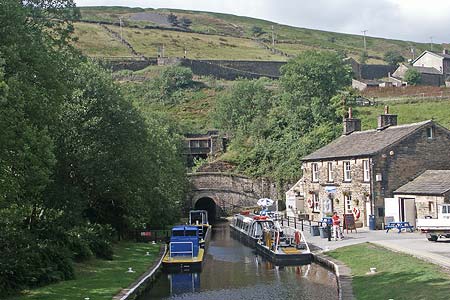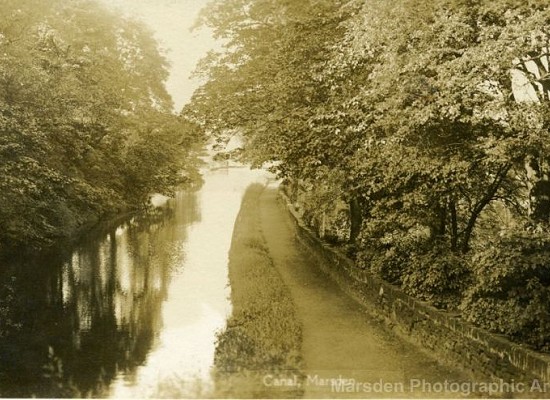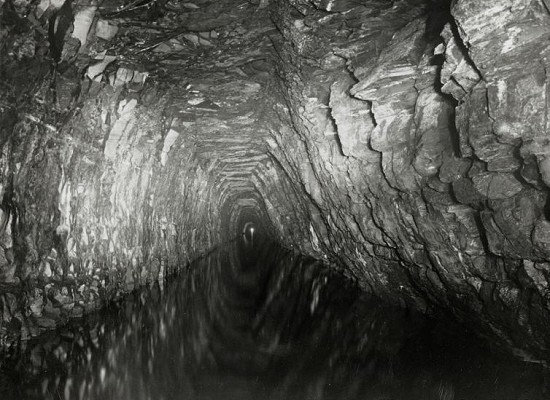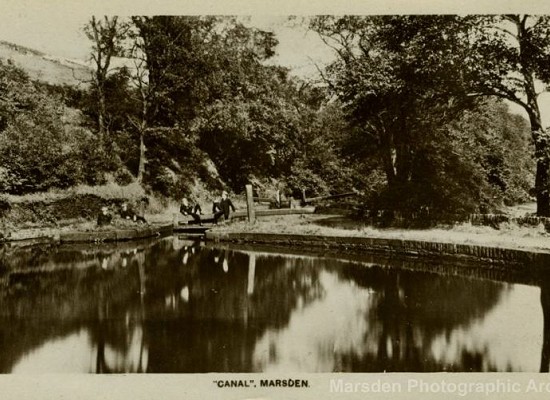
Standedge
Standedge tunnel and visitor centre
Standedge tunnel and visitor centre
The Standedge Tunnel and Visitor Centre is situated on the banks of the historic Huddersfield Narrow Canal, about a mile from Marsden village centre. Marsden Jazz Festival gig goers have enjoyed a short walk along the scenic canal bank for the past fifteen years. Often used as a setting for family friendly activities such as picnics and craft days, the canalside has hosted memorable gigs, including 2007 where a performance by the LIMA (Leeds Improvised Music Association) Orchestra in an open-sided marquee in terrible weather attracted about 10 attendees. However, this inauspicious start was the progenitor for what became the New Stream.
Also in 2014 ‘I have a Duck Who Can Roar’ – a children’s performance commissioned by Marsden Jazz Festival and combining storytelling, live music, interaction and artwork, which was written by Chris Bridges and illustrated by Ann Gilligan.
Watch ‘I have a Duck Who Can Roar’ online: https://www.youtube.com/watch?v=1H3aJSgovII
The 2017 Marsden Jazz Festival saw the tunnel become a festival venue for the first time! It was a unique concert in the Standedge canal tunnel, with the audience travelling by boat to hear cellist and composer Maja Bugge create music in dialogue with this unique space and its particular acoustic. The CD of the live performance can be purchased here: https://discusmusic.bandcamp.com/album/no-exit-74cd
There are four Standedge Tunnels that run parallel, beneath the Pennine landscape. Three are railway tunnels and the fourth is the canal tunnel. They are located at the Standedge crossing point between Marsden and Diggle, across the boundary between the West Yorkshire and Greater Manchester conurbations.
The canal tunnel is on the Huddersfield Narrow Canal. It is 5,000 metres long, 190 metres underground at its deepest point, and 196 metres above sea level. Inside the tunnel width varies, with four wider areas for passing, known as ‘wides’
The canal tunnel opened for use in 1811 and is the longest and oldest of the four tunnels, as well as being the longest and highest canal tunnel in the United Kingdom. It is also one of the longest operational canal tunnels in the world. The tunnel was dug by hand using pickaxes, shovels and gunpowder by men known as ‘navvies’, short for navigators.
As with many ambitious projects, the construction of the tunnel was beset by problems and ended up taking much longer than was originally envisioned, with the canal finally becoming a through route some 17 years after work first began.
On 9 June 1809, the two ends of the tunnel finally met. Nearly two years after that, on 26 March 1811, the tunnel was declared to be complete and a grand opening ceremony was held on 4 April. A party of invited guests, followed by several working boats, entered the tunnel at Diggle and completed the journey to Marsden in one hour and forty minutes. The tunnel had cost some £160,000 and was the most expensive canal tunnel built in Britain.
As the tunnel is only wide enough for one narrowboat for much of its length and to save on cost, as in some other canal tunnels in England, a tow-path was not provided. As canal boats were originally horse-drawn, the boats had to be legged through the tunnel – a process where by usually two men lay on their backs and pushed against the roof or walls of the tunnel with their legs. Professional leggers were paid one shilling and six pence for working a boat through the tunnel, which took an average of four hours. Horses were unhitched and had to be walked over Standedge Moor as most of the canal users couldn’t afford to ßhave additional horses waiting on the other side of the hill.
Between 1811 and 1840, the tunnel was used on average by 40 boats daily.











